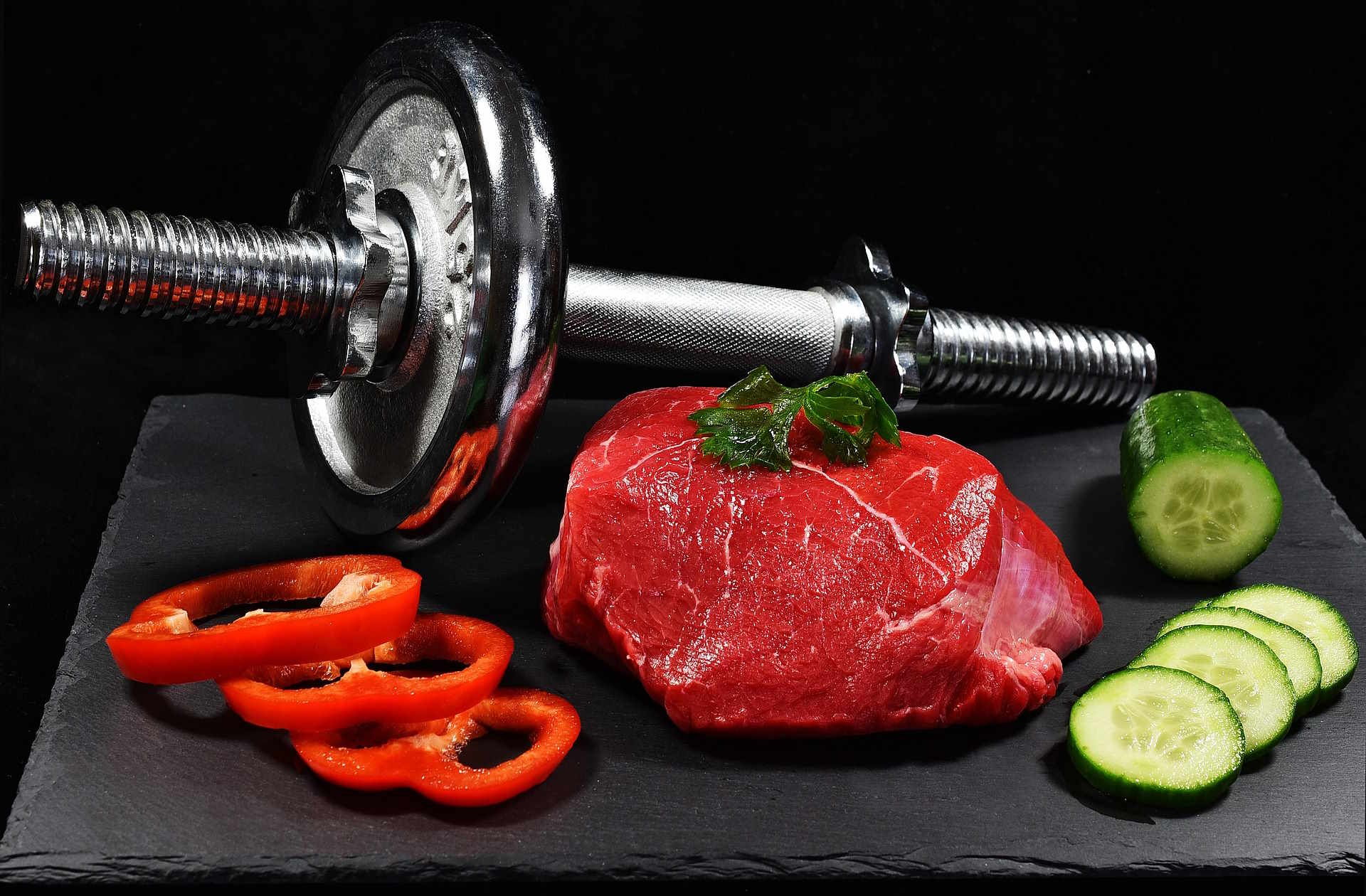Top Anti-Inflammatory Foods and Diets to Relieve Arthritis Pain — United States Guide 2025
Losing 5–10% of body weight can produce meaningful pain relief in osteoarthritis. This guide describes which foods and dietary patterns reduce inflammation, summarises key 2025 evidence, and provides clinician‑guided, practical steps adults in the United States can use to support joint health and ease arthritis pain.
Why diet matters for arthritis and joint health
Diet affects systemic inflammation, body weight, muscle mass and metabolic health — all of which influence joint pain and function. A 2025 systematic review and meta‑analysis of randomized trials found that dietary interventions improve pain, physical function and body weight in people with osteoarthritis, with calorie‑restricted (reduced‑energy) diets yielding the largest benefits. Dietary change works best when combined with progressive, joint‑safe exercise and professional support.
Most evidence-backed strategy: weight loss for osteoarthritis pain relief
- What the evidence shows: A 2025 meta‑analysis of randomized controlled trials (898 participants across 9 RCTs) found dietary interventions significantly reduced pain (standardized mean difference ≈ –0.67) and improved function. Reduced‑energy (calorie‑restricted) diets produced the biggest effects on pain (SMD ≈ –0.85), function (SMD ≈ –0.95) and weight loss (mean ≈ –3.1 kg).
- Who benefits most: Adults with osteoarthritis who have excess weight or obesity.
- Practical application: Under the supervision of a clinician or registered dietitian, aim for a structured calorie deficit to achieve about 5–10% body‑weight reduction over time, paired with progressive strengthening and aerobic activity adapted to your joints.
Adopt a Mediterranean or plant‑forward eating pattern as a baseline
- Why it helps: Mediterranean and plant‑forward patterns prioritise olive oil, vegetables, fruits, whole grains, legumes, nuts and fatty fish — sources of monounsaturated fats, fiber, polyphenols and omega‑3s that help lower systemic inflammation and support cardiovascular health.
- How to implement: Make olive oil your primary added fat, fill half your plate with vegetables and fruit, choose whole grains and legumes, snack on nuts, and include fatty fish regularly.
Prioritise omega‑3 fats (food first)
- Evidence and benefits: Omega‑3s (EPA/DHA from fatty fish; ALA from walnuts and flax) have anti‑inflammatory and possible chondroprotective effects, supported by 2025 reviews.
- Food sources: Salmon, mackerel, sardines, herring, walnuts, ground flaxseed and chia.
- Supplements: If you can’t meet needs through food, discuss fish‑oil supplements with your clinician—decisions about supplementation should be individualized and account for medical history and medications.
Reduce pro‑inflammatory components of the Standard American / Western diet
- Foods to limit: Refined carbohydrates, added sugars (sugary drinks, sweets), ultra‑processed foods, fried foods, processed and high‑saturated‑fat red meats.
- Replace with: Whole fruits and vegetables, whole grains, legumes, lean or plant proteins, and healthier fats such as olive oil and avocados.
Use antioxidant and polyphenol‑rich foods to reduce oxidative stress and pain
- Helpful foods: Berries (including cherries), green tea, colorful fruits and vegetables, and turmeric/curcumin in foods.
- Evidence: 2025 reviews indicate polyphenols, flavonoids and curcumin can reduce oxidative stress and may help lessen joint pain; discuss standardized curcumin supplements with a clinician if you consider them.
Balance protein to protect muscle and joint support
- Why protein matters: Preserving muscle mass supports joints and maintains function, especially in older adults.
- Recommended targets: For many older adults with osteoarthritis, evidence supports intakes above the general adult minimum — roughly 1.2–1.5 g/kg/day may be appropriate, implemented with professional guidance.
- Caution on supplements: Very high‑dose isolated BCAA supplements might increase inflammation or metabolic risk; prioritise whole‑food proteins (lean meats, dairy or fortified plant alternatives, legumes, tofu) and distribute intake across meals.
Fat quality and general macronutrient guidance
- Evidence‑based targets: Emphasise monounsaturated fats (olive oil, avocados) and omega‑3 PUFAs; keep total dietary fat generally in the clinical guidance range (about 20–35% of total energy) and saturated fat under roughly 10% of calories.
- Why quality matters: Replacing saturated fats with monounsaturated and omega‑3 fats lowers inflammatory markers and cardiometabolic risk.
Use supplements cautiously and in context
- What the evidence says: Common supplements (glucosamine, chondroitin, vitamin D) show inconsistent benefits in knee osteoarthritis. Omega‑3s and some polyphenols/curcumin have more promising evidence but require standardized dosing and safety checks.
- Practical approach: Talk with your clinician about any supplement; don’t substitute unproven over‑the‑counter products for proven strategies (weight loss, better diet quality, exercise).
Combine diet with exercise and professional support for the best outcomes
- Why combine: Trials and reviews show the most durable improvements in pain and function occur when diet and exercise are combined (weight loss plus progressive strengthening and aerobic activity).
- Who to involve: Registered dietitians, physical therapists, primary care clinicians or rheumatologists can help design safe, individualized plans.
Practical, immediate changes you can make today in the United States
- Plate approach: Make half your plate vegetables and fruit; choose whole grains; include a portion of lean or plant protein; add healthy fats like olive oil or nuts.
- Food swaps: Replace sugary beverages with water or unsweetened tea; swap butter for olive oil; eat fatty fish twice weekly or include plant omega‑3s; limit processed meats and ultra‑processed snacks.
- If overweight: Consider a modest, clinician‑guided calorie deficit aiming toward a 5–10% weight‑loss goal over months, paired with joint‑appropriate exercise.
- Monitor and personalize: Work with a dietitian or clinician if you have medical conditions (diabetes, kidney disease, medication needs) or complex dietary needs.
What to expect and when to seek medical guidance
- Timeline: Some improvements in pain and function may appear within weeks to months as weight changes and dietary inflammation markers shift; sustainable change takes time.
- Seek guidance if: You experience sudden worsening of symptoms, signs of infection/inflammation not explained by osteoarthritis, or have complex medical conditions that require dietary modification.
- Coordinate care: Your healthcare team can set safe weight‑loss targets, adjust medications as weight or activity changes, and recommend testing (e.g., vitamin D status) if indicated.
Summary — practical takeaways for 2025
- The strongest dietary lever to reduce osteoarthritis pain is weight loss for people with overweight/obesity — aim for 5–10% body‑weight loss under supervision.
- Use a Mediterranean/plant‑forward pattern as an anti‑inflammatory baseline, prioritising olive oil, vegetables, whole grains, legumes, nuts and fatty fish.
- Increase dietary omega‑3s, choose polyphenol‑rich foods, balance protein to preserve muscle, and limit processed, refined and high‑saturated‑fat foods.
- Combine diet with progressive exercise and professional support; discuss supplements with your clinician rather than relying on them alone.
Sources
- U.S. Department of Veterans Affairs. “Anti‑inflammatory diet: calming the fire.” 2024–2025 VA Healthy Teaching Kitchen resources. https://news.va.gov/138639/anti-inflammatory-diet-calming-the-fire/
- Augustyniak et al. “The effectiveness of dietary intervention in osteoarthritis management: a systematic review and meta‑analysis of randomized clinical trials.” European Journal of Clinical Nutrition. 2025. https://www.nature.com/articles/s41430-025-01622-0
- Grygiel et al. “Diet in Knee Osteoarthritis—Myths and Facts.” Nutrients (open access). 2025. https://pmc.ncbi.nlm.nih.gov/articles/PMC12157890/
Disclaimer: This article summarizes scientific findings and general guidance as of 2025 and is for informational purposes only. Individual needs vary. For personalized medical or dietary advice, consult a licensed clinician, registered dietitian or other qualified health professional.





